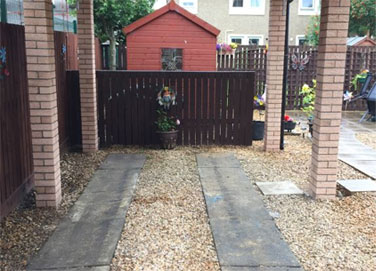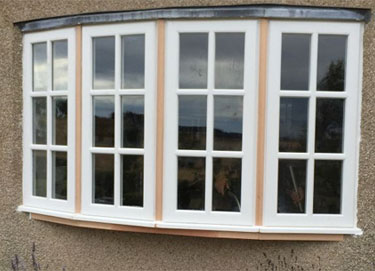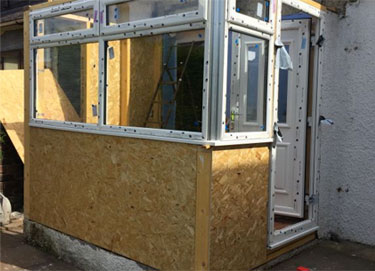Pooling water on a flat roof can not only cause damaging leaks, it can drastically reduce the performance and life of the flat roofing membrane.
For this reason most flat roofing material manufacture’s warranties are void in the presence of or exclude pooling water.
Pooling water is defined by the roofing industry as water that remains on the roof for longer the 48 hours after rain.
Related content:
Why Does My Roof Have Pooling Water
Understanding why your flat roof is holding water is the first step to finding a solution.
Inadequate/Obstructed Roof Drainage
The most common reason that flat roofs hold or pond water is because of inadequate or obstructed drainage.
The good news is that this cause of pooling water is usually the easiest to correct with scheduled roof maintenance.
Flat roofs drain in one of three ways:
- Through roof drains
- Sloping towards a gutter
- Through a scupper – collector head that leads to a downspout.
When these drains/gutters are clean and water is able to flow ponding water issues are greatly diminished or non existent.
Everything from tennis balls, basket balls, leaves, paper, plastic bags and other flying debris can partially or total block your flat roof drainage.
Scheduled flat roof maintenance will ensure that you avoid this totally avoidable type of ponding water and the damage it can cause.
Structure, Design, Deflection.
The second cause of ponding water on a flat roof is more complicated and cannot be resolved by simple cleaning the drains.
This type of standing water is usually caused by either poor design or from deflection or sag in the buildings roof structure.
Improperly sized, not enough, or poorly placed flat roof drainage can cause mild to severe ponding water issues.
However this standing or ponding water is usually never as bad a when the roof structure has deflected or sagged over time.
When the structure that the flat roof is installed upon has settled or sagged the amount of ponding water will be equal to the distance that the structure has deflected below the roof gutters or scuppers.
Flat roofs with internal drains are rare affected by a sagging deck as the water will still drain toward the low spot.
This is a common problem on buildings where the flat roof is installed over a concrete deck that has deflected or sagged over time.
The sag or low spot in the roof causes water to stand instead of running towards the gutter or drain.
Water can be removed from the roof only to return the very next rain or snow event.
Compressed/Saturated Roof Insulation
The third type of ponding water condition is caused by roofing insulation that has either been compressed or smashed down with heavy roofing materials or HVAC equipment during a construction project or by roof insulation that has become saturated from a leak and has degraded.
Many types of flat roofing insulation are sensitive to water and will quickly degrade or dissolve when wet.
As the degraded insulation begins to dissolve and loses its shape, water is able to pond in the indentation.
This problem compounds itself because the more water stands on the flat roof the more it leaks and the more it leaks the more degraded the roof insulation becomes causing even more water to stand.
When this happens the screws and plates that originally held the roof insulation down will now appear to be sticking up and will be visible under the flat roofing membrane.
This type of ponding water can be corrected by replacing the saturated and degraded roofing insulation the the next the the flat roof is replaced.
Get in Touch With Experts
If you notice you have pooling water on your flat roof then you should give us a call and we can deal with the work for you.
Don’t let this water sit around for much longer or it could end up costing you a lot more.






